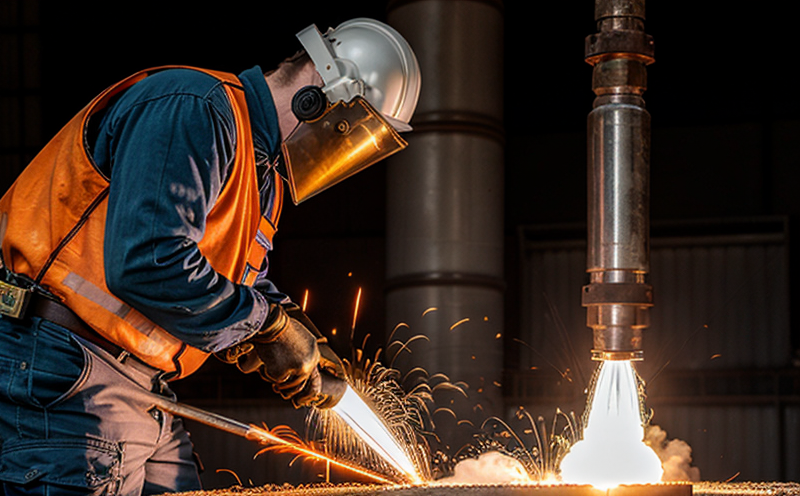Pressure vessel welding joint inspection
The integrity of pressure vessels and storage tanks is paramount in industries where safety is non-negotiable. Pressure vessel welding joints are critical components that must be meticulously inspected to ensure they can withstand the stresses, temperatures, and pressures under which they operate without failure.
Pressure vessel welding joint inspection involves a comprehensive examination of the welds used in constructing pressure vessels. These inspections aim to detect any defects or imperfections that could lead to potential failures during operation. Common defects include cracks, porosity, incomplete penetration, and lack of fusion. The goal is not only to identify these flaws but also to ensure they are repaired appropriately before the vessel goes into service.
The inspection process typically includes a combination of non-destructive testing (NDT) methods such as ultrasonic testing (UT), radiographic examination (RT), and visual testing (VT). These techniques provide detailed insights into the internal and external integrity of the welds. Ultrasonic testing, for instance, can detect small flaws that might not be visible on the surface, while radiography offers a clear image of the entire cross-section of the weld.
Once inspections are completed, the results are analyzed to determine if they meet specified acceptance criteria. These standards are usually based on international guidelines such as ASME Section IX and EN 15085. For instance, ASME Section IX provides detailed requirements for welding procedures, qualification tests, inspection methods, and acceptance criteria. Similarly, EN 15085 sets out harmonized standards for the manufacture of pressure equipment.
The findings from these inspections are then documented in a comprehensive report that includes details on the type of defects found, their location, size, and severity. This documentation is crucial not only for compliance with regulatory requirements but also for continuous improvement within an organization's quality management system.
In summary, pressure vessel welding joint inspection is essential to ensure the safety and reliability of these vessels in operation. By adhering to rigorous standards and using advanced NDT techniques, we can minimize risks associated with potential failures, thereby protecting personnel and assets.
Applied Standards
The inspection of pressure vessel welding joints is governed by several international standards that provide the framework for ensuring compliance and safety. The most commonly referenced standards include:
- ASME Section IX: This standard covers the requirements for qualification, examination, acceptance testing, and marking of pressure vessel welds.
- EN 15085: Harmonized European standard that specifies the qualifications, procedures, and inspection methods for welding and joining operations in the manufacture of pressure equipment.
The choice of applicable standards depends on the specific jurisdiction and the regulatory requirements of the country or region where the vessel will be operated. Compliance with these standards is critical to ensure that the vessels meet safety and performance criteria, thereby protecting both personnel and assets.
Industry Applications
| Application | Description |
|---|---|
| Chemical Industry | Pressure vessels are used in chemical reactions and storage of hazardous materials. Welding defects could lead to leaks or explosions. |
| Petrochemical Sector | Liquid hydrocarbons stored in tanks can cause severe accidents if there is a breach due to weld failures. |
| Pharmaceutical Manufacturing | Welding defects could compromise sterile environments and lead to contamination issues. |
- The aerospace industry uses pressure vessels in the form of fuel tanks, which must be absolutely reliable.
- In nuclear power plants, pressure vessels are critical components that ensure safe operation and prevent catastrophic failures.
Why Choose This Test
Selecting the appropriate inspection method for pressure vessel welding joints is crucial to maintaining safety standards. Here’s why choosing this test is vital:
- Ensures Safety and Compliance: Inspection aligns with regulatory requirements, ensuring compliance with ASME Section IX and EN 15085.
- Promotes Reliability: By identifying and correcting defects early in the manufacturing process, reliability of the vessel is significantly enhanced.
- Reduces Risk: Early detection of flaws minimizes the risk of accidents or catastrophic failures during operation.
- Maintains Reputation: A history of adherence to high safety standards can enhance an organization's reputation and market standing.





